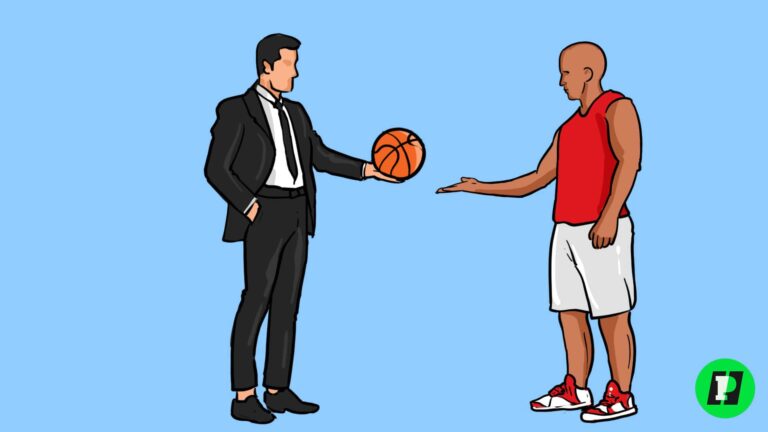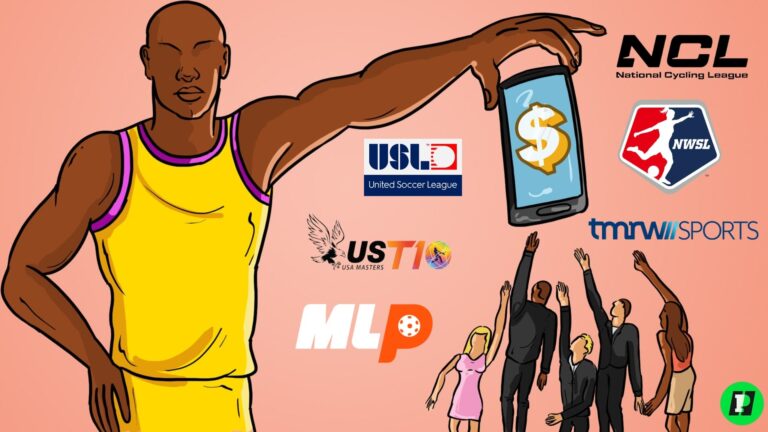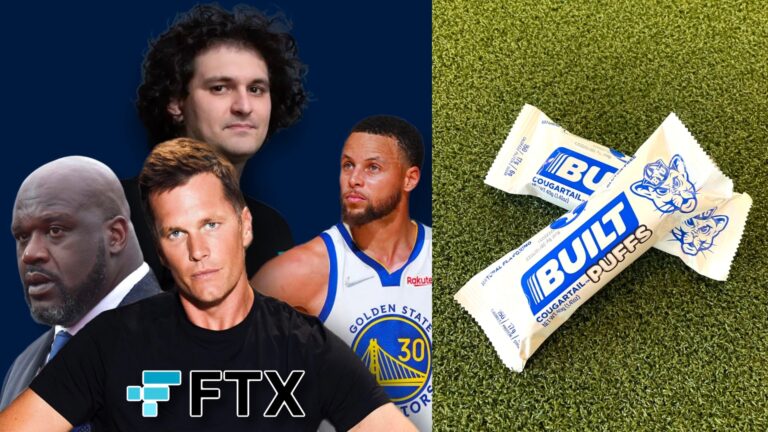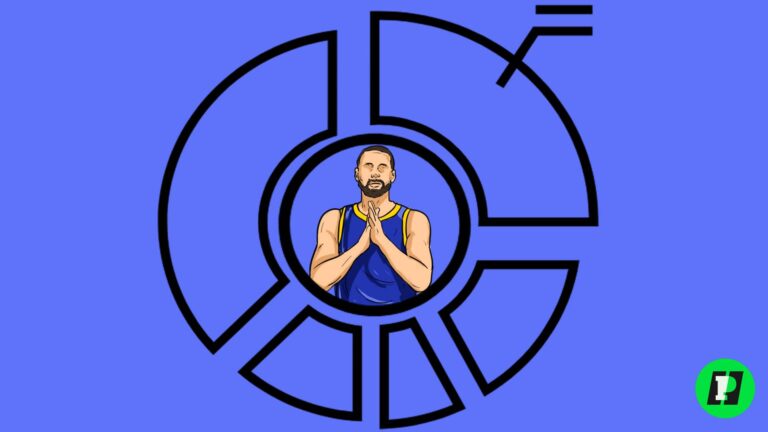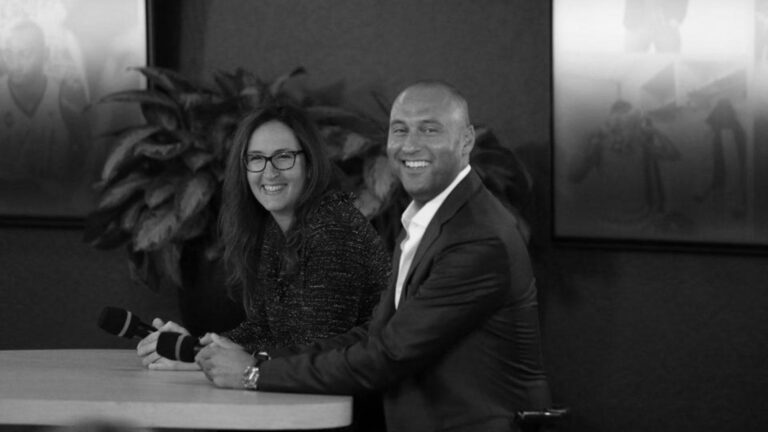A $3,000 bank deposit. Holy crap!
I still remember when I opted out of the dining hall plan and decided to cook for myself.
Since it was included in my athletic scholarship, they sent me a check for a little over $3k.
That was the first time in my life I didn’t spend an influx of money on pointless stuff, but decided to invest it in stocks.
I budgeted out how much I needed for food and then put the remaining amount in my Robinhood account.
For me it became:
-
spend $200 on a pair of shoes and be down $200
or
-
invest my money to make $200 and get the shoes for “free”
It was an easy choice.
The Power of the Compound Effect
Start investing earlier. Become financially independent earlier.
Financial literacy is something I always stress to student-athletes (even more so now with NIL).
Only 18% of college students invest in the stock market. So, I’d imagine that number is even lower for collegiate student-athletes.
When I was at Boston University, there were only 3 kids out of 18 that invested on our team.
For further reference it went like this…
I started investing in stocks. My two roommates became interested and I got them hooked.
The System is Rigged
The bottom line is the system is rigged. They don’t teach you anything in school about money.
They’ll teach you about pointless stuff, but nothing about how to become financially independent.

Don’t you think it would be important to teach kids about taxes, investing, budgeting, paying bills, opening a bank account, credit cards, debt, and making smart financial decisions?
You can go on YouTube and learn more about these concepts in a few hours than from 16 years of school.
Even at Boston University I was learning about complex financial models, but had no clue what to do with my own money.
Student debt is currently at all time highs. $1,600,000,000 ($1.6 trillion) last time I checked and it’s only going to get worse as we move forward.
And now with NIL, you’re giving the opportunity to 18 year old kids to make insane amounts of money through brand deals.
How do you expect them to manage it? How do you expect them to pay taxes on it?
Zero chance that will go smoothly.
In my opinion, the best solution is education on the platforms they’re already using.
Kids spend countless hours on social media – if they follow a few accounts teaching financial literacy they’ll be light years ahead of their peers.
I plan on putting out a lot more NIL and financial literacy content in the near future.
Stats around financial literacy
More than 45 million individuals owe student debt. Of those students who graduated in 2019, roughly 70% of them took on student debt with the average student nearly $30,000 in debt.
-
Savings rates are decreasing. Only about half of Americans have an emergency fund, and nearly 40% don’t have money in the bank to cover a $400 emergency.
-
The average U.S. household holds more than $7,000 of credit card debt and more than $27,000 of auto loan debt.
-
A National Financial Capability Study by the Financial Industry Regulatory Authority (FINRA) found that just 34% of Americans could answer four of five basic financial literacy questions

The bottom line is most American adults aren’t financially literate. So how do you expect their kids to be?
